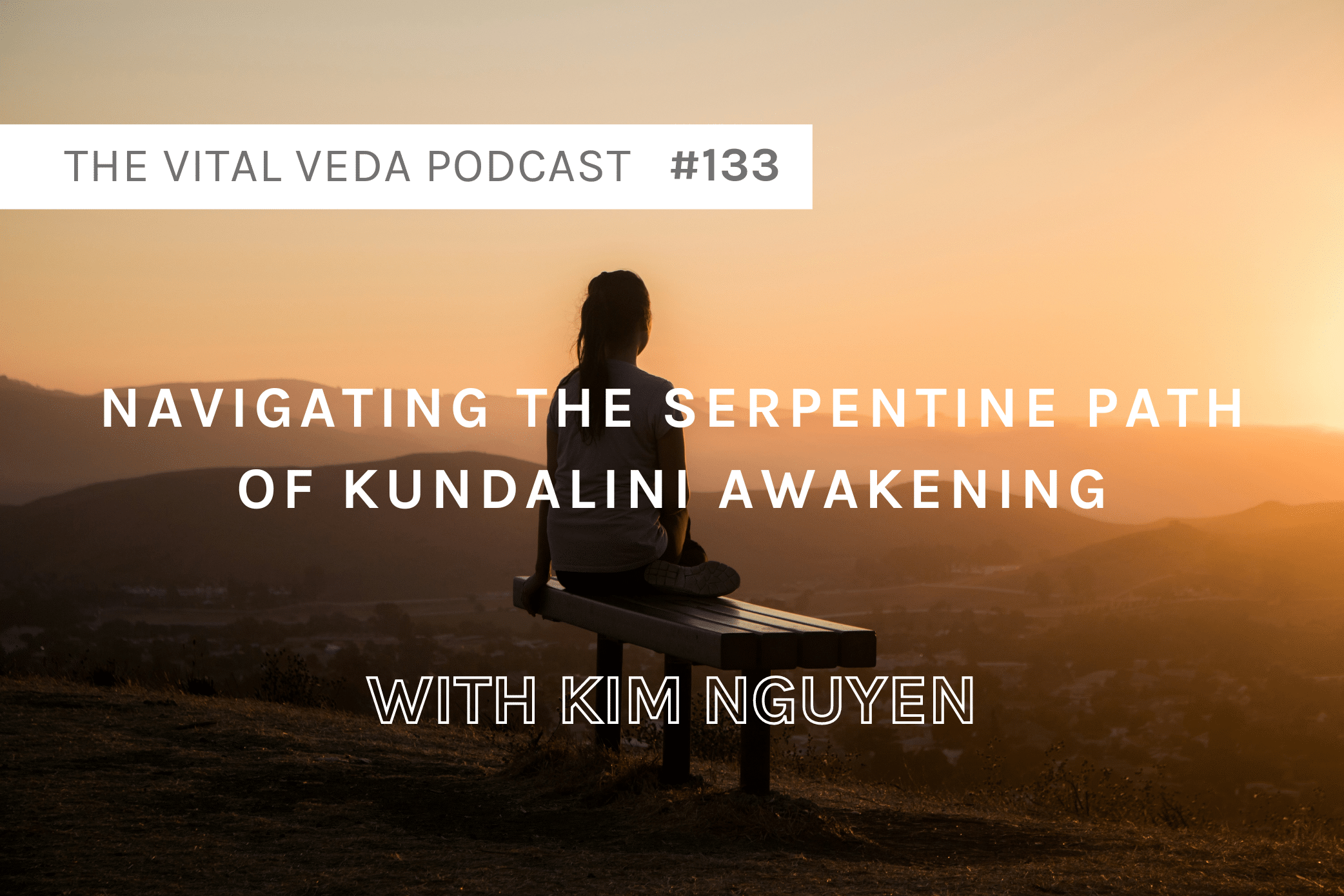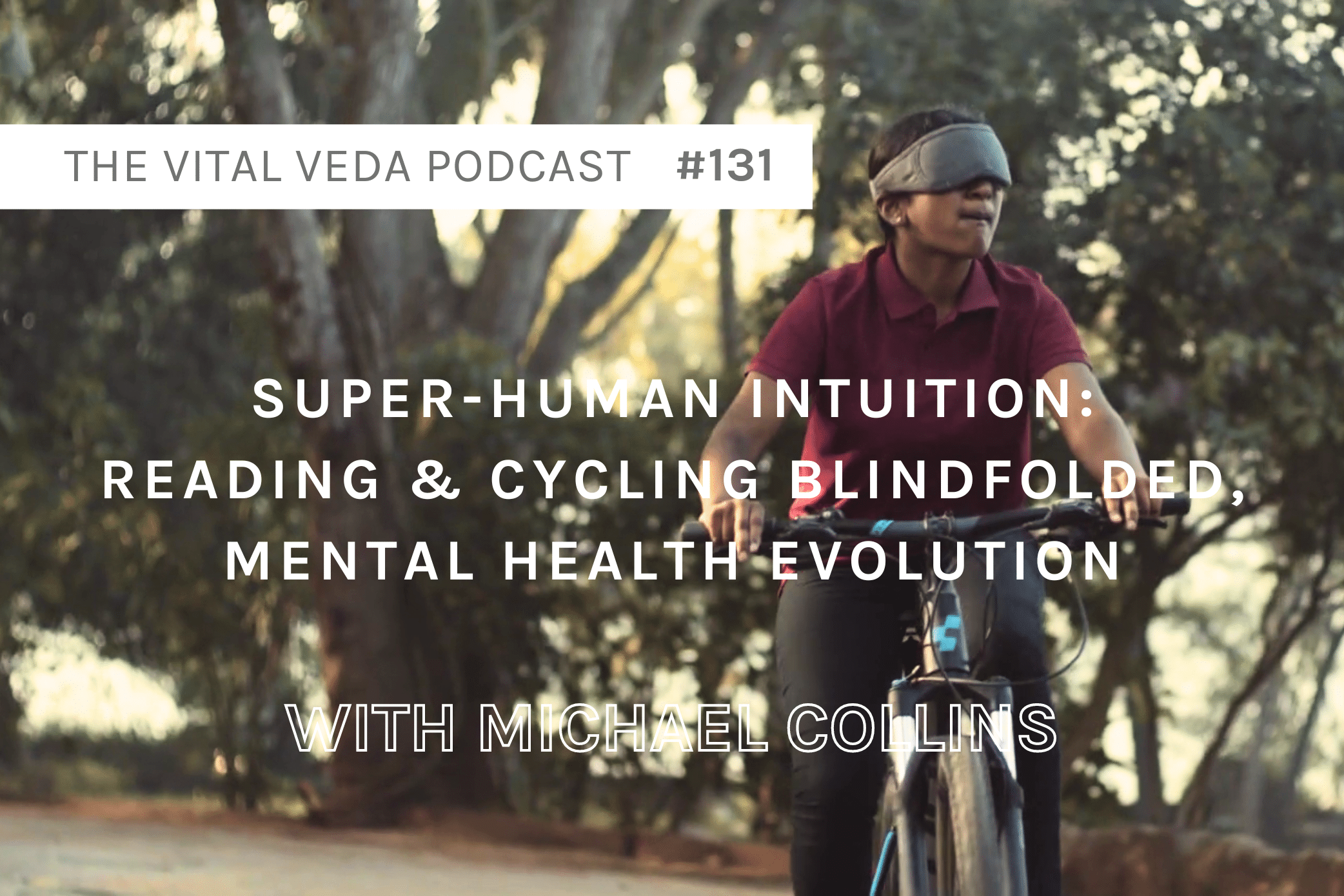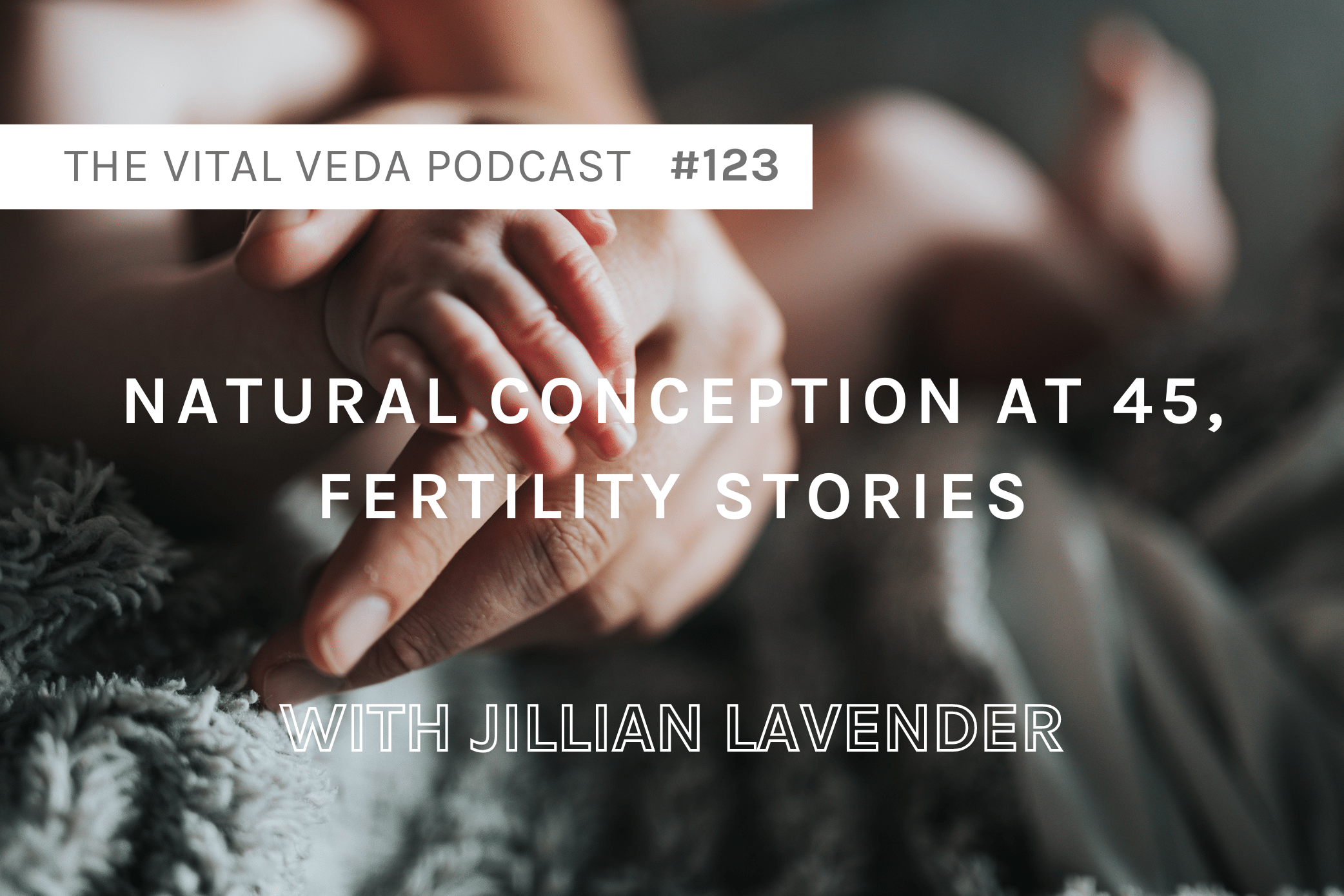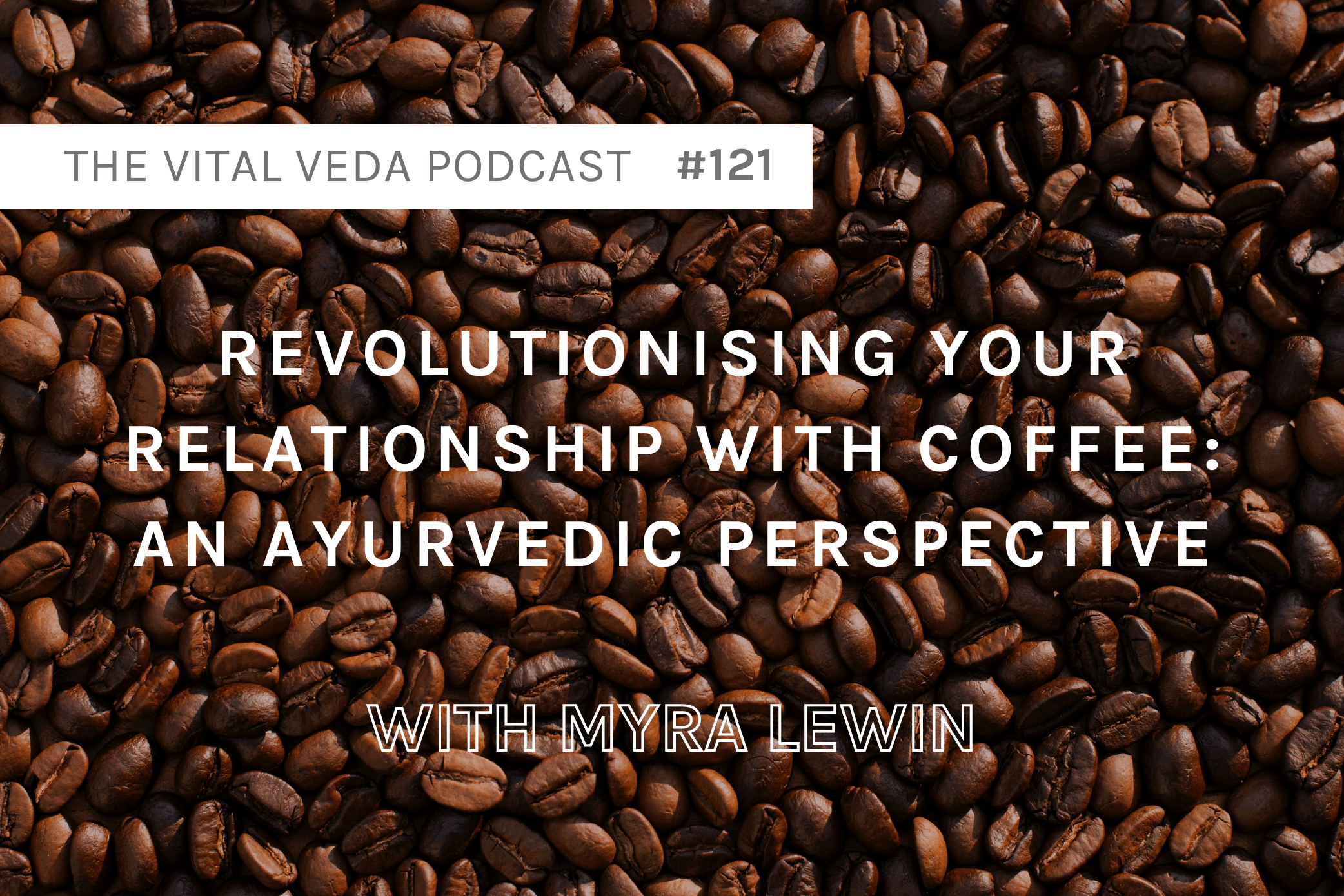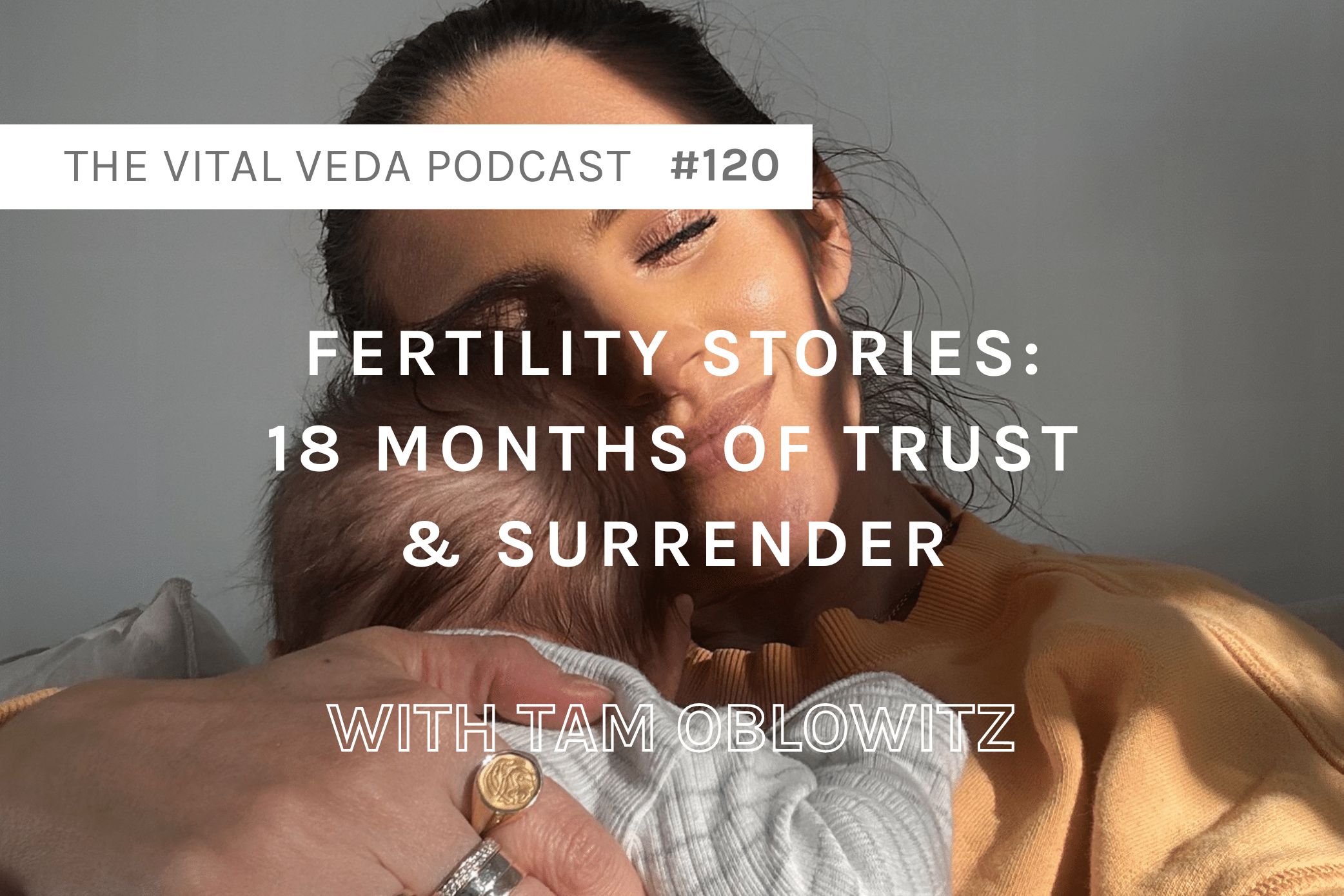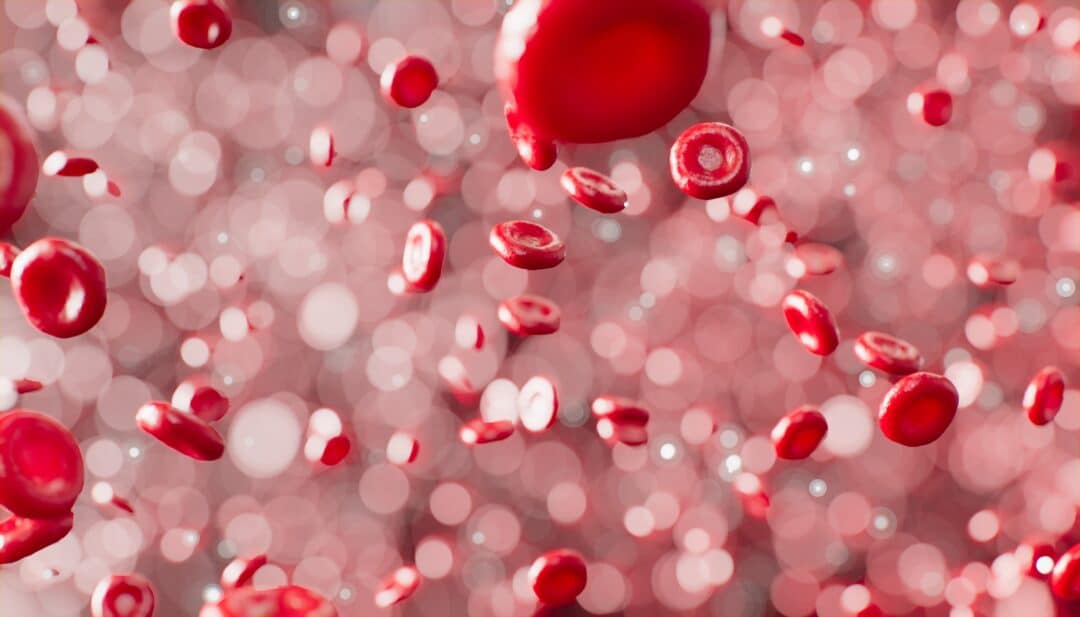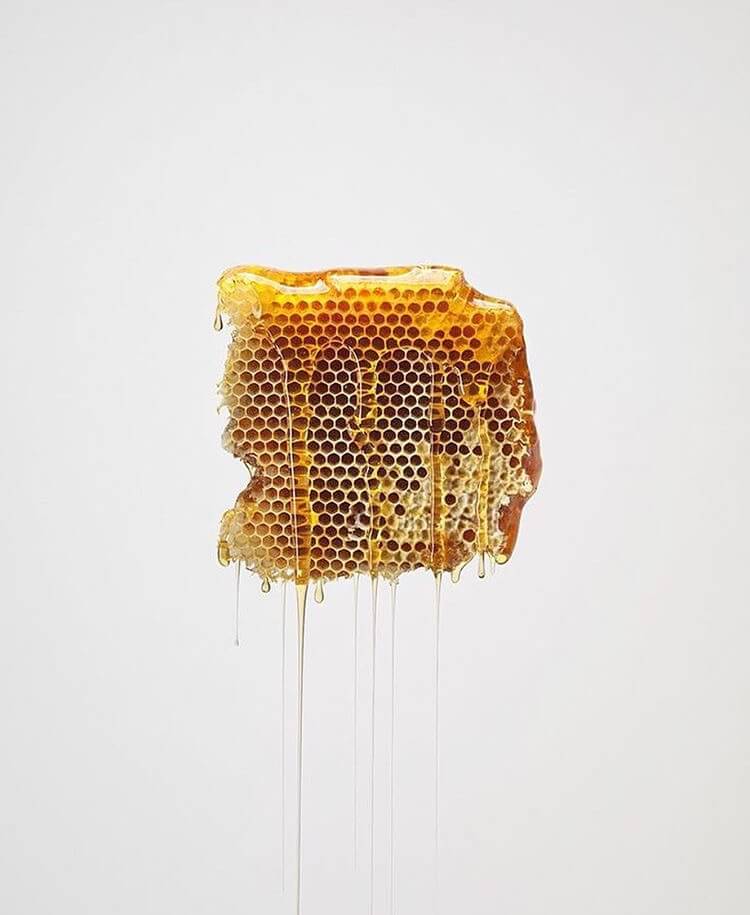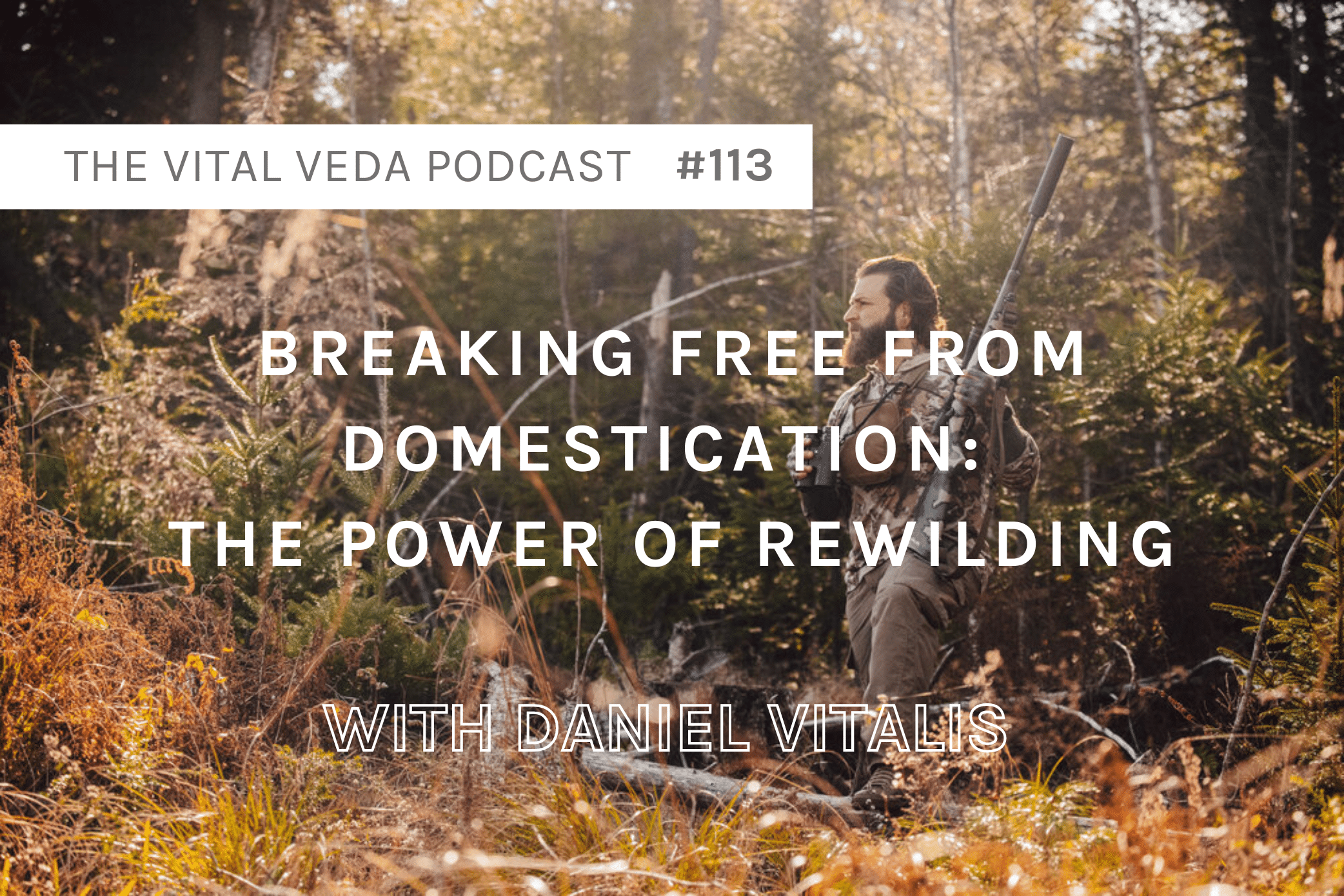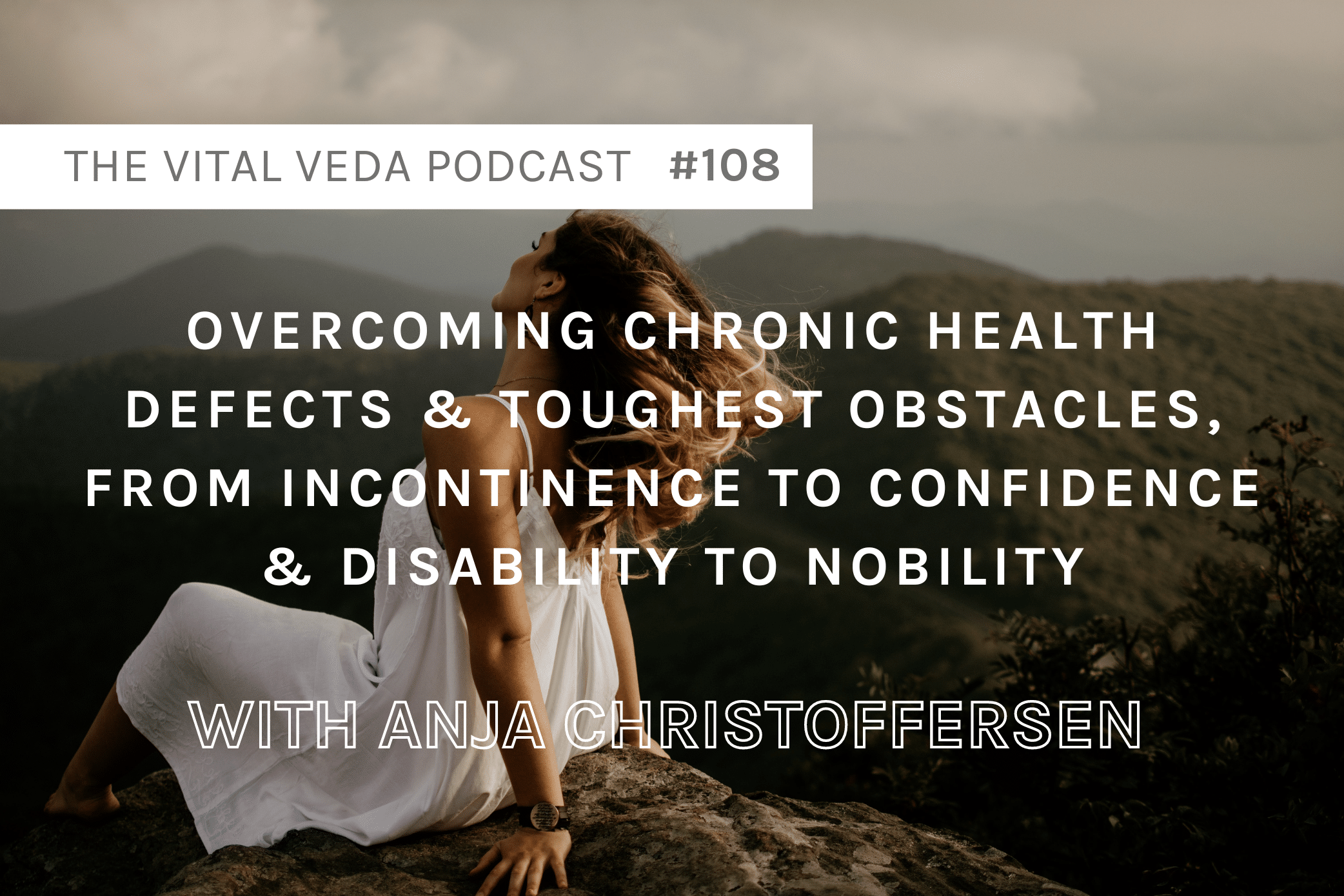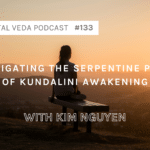Honey, nature’s sweet nectar, was considered by the ancient Vedic sages as one of the most exceptional food items available to mankind. It constitutes unique medicinal properties par excellence. And all this certainly still prevails today, but only when used properly. In stark contrast, honey when heated is considered fatal and is classified as toxic poison. Not only did ancient Vedic sages clearly warn civilisations about this, but now modern science is proving ancient wisdom by confirming the toxicity of heated honey. I understand that these words condemning heated honey seem harsh, radical and perhaps rather shocking. But many sages (who are considered authentic authorities on the science of life that is Ayurveda) used these exact words for this topic. And by the way, this language was rarely used. I personally consider heated honey as the #1 Biggest Flaw in The Post Modern Era Diet. The Importance of Honey Honey is a medicine, not so much a food. Honey is only good in little quantities. This is “because of properties like difficult digestibility, dryness and astringency.”(1) If undigested, honey is very hard to eliminate out of the body. If it doesn’t eliminate, it lodges in the body as ama (undigested food material), which is the root cause of most illnesses. Ama clogs the channels of the body, obstructing metabolic activity, preventing nutrients from being delivered to cells and hampering proper waste elimination. “Nothing is as troublesome as the Ama caused by improper intake of honey.”~ Charaka, Ancient Sage. The Best Yogavahi (Catalyst) Which means it amplifies the properties of the herbs added to it.(2) The Chief Anupana (Vehicle of Administration) All herbs need a vehicle to effectively deliver it to the part of body that it is intended for. There are many Anupana’s such as ghee, milk, decoctions, water, sugar, wine and more. Honey is the main Anuapana in Ayurvedic medicine. Thus, the best way to get your regular dose of honey is to incorporate it into your regular herbal intake.(see below for other ways to take honey). Good for the Eyes Improves the eyesight. Very useful for itchy eyes, trachoma, conjunctivitis, glaucoma and other similar diseases.(1) Honey is an excellent ‘scraper’ – whether it be scraping undigested food material in the digestive tract, to then be eliminated, or the mature cataracts (when the lens of the eye becomes progressively opaque) to stop the growth of the membrane. It is to be used regularly internally but most effective when applied into the eyes via a specific Ayurvedic herbal preparation. (contact Vital Veda to order Netra Amrit Eye Drops). Heart Health Honey is wonderful for the heart. While it’s sweetness give pleasure to pacify the emotional heart, the scraping quality removes the ama that is blocking heart vowels and arteries. Heart Tonic Remedy – Honey + amalaki juice + lemon juice + mango juice + arjuna kashayam (optional). Honey Heals the Skin Topically applying honey to wounds(1), burns, cuts, skin diseases(1) and ulcers(1) is an easy home remedy to clean the area and hasten healing. Wound Healing Remedy – Mix some turmeric powder with honey to increase the antiseptic effect and stop bleeding(1). Topically apply on skin lesion. Digestion Honey is considered a boon for those with low digestion (Manda Agni). This is because it scrapes away the kapha coating on top of the pitta (kapha avarana). It helps with diarrhoea and regulates acid levels. It is a vital ingredient during Panchakarma when conducting purification treatments such as Basti (enema) and Vamana (emesis). Respiratory Health Honey is highly beneficial in the support of lung health and treatment of all imbalances of the lungs. Honey contains a mixture of “higher” alcohols and ethereal oil that emit soothing and beneficial vapours. Couple this with a combination of Ayurvedic respiratory herbs to breath at ease. Cough Honey soothes the inflamed mucous membrane of the upper respiratory tract and relieves irritating cough and symptoms like difficulty in swallowing. Honey is also one of the most powerful anti-inflammatory foods for inflammation anywhere in the body. Cough and Cold Home Remedy – Honey and spice paste. Weight Loss, Obesity and Diabetes Honey is Kapha Nisaraka.“Sara” = Essence.“Ni” = Take away. Honey, with its astringent quality, in small amounts, takes away the essence of kapha. Kapha is the factor for fluids, excess fat and heaviness in the body.Another quality of honey is Stambhana (Stopping). Honey stops the overproduction of the bodily tissues. Weight Loss Remedy – Boil water at night. The next morning add 1tsp honey + 1tsp lemon juice to the room temperature water and drink first thing after brushing teeth and scraping tongue. Aphrodisiac and Ojas Booster Due to a sweet taste and sweet post-digestive effect, honey (when taken right) is one of the few foods that metabolises so well that it nourishes all the tissues and quickly and directly nourishes and builds Ojas (vital essence). Due to it’s yogavahi (catalyst) quality, combined with aphrodisiac herbs it is effective for low libido, premature ejaculation, low sperm count and reproduction. Ojas Builder and Immunisation for Babies – Swarna Prasha (honey + ghee + gold bhasma) – (available at Vital Veda clinic). Other benefits: “Madhu (honey) breaks up solidified materials inside the body, relieves thirst, mitigates kapha, poison, hiccup, bleeding disease, skin diseases, diabetes, worms, vomiting, difficulty in breathing, cough, diarrhoea; cleanses the ulcers, unifies fractures, heals wound.”(1) Ways to Take Honey: Incorporate into herbal preparations. By itself as a tonic – If you do not take herbs, you can take 1tsp of raw honey first thing in the morning. (Sweet should be the first taste of the day). Fruit + Honey – Drizzle honey on seasonal fruit. Honey + grapefruit is a great breakfast for weight loss. (make sure to eat the white pith of the grapefruit!). Yoghurt + Honey – Yoghurt is one of the heaviest foods available. Thus Ayurveda says “it should not be taken alone without, sugar, green gram soup, honey or amalaki”(3) to make it more easily digestible. Honey and yoghurt is a great snack. Honey’s Poisonous Potential On the other hand, if one goes about heating honey, it can easily acquire a poisonous & toxic quality. When honey is heated past body temperature (37 degrees Celsius) it becomes poison. “100 litres of honey can be spoiled with 1 drop of hot water. Poison.” – Vaidya J.R.
